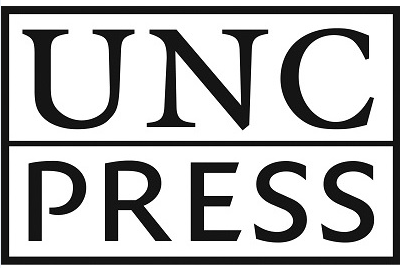The Maryland campaign of September 1862 ranks among the most
important military operations of the American Civil War. Crucial
political, diplomatic, and military issues were at stake as Robert
E. Lee and George B. McClellan maneuvered and fought in the western
part of the state. The climactic clash came on September 17 at the
battle of Antietam, where more than 23,000 men fell in the single
bloodiest day of the war.
Approaching topics related to Lee's and McClellan's operations from
a variety of perspectives, contributors to this volume explore
questions regarding military leadership, strategy, and tactics, the
impact of the fighting on officers and soldiers in both armies, and
the ways in which participants and people behind the lines
interpreted and remembered the campaign. They also discuss the
performance of untried military units and offer a look at how the
United States Army used the Antietam battlefield as an outdoor
classroom for its officers in the early twentieth century.
The contributors are William A. Blair, Keith S. Bohannon, Peter S.
Carmichael, Gary W. Gallagher, Lesley J. Gordon, D. Scott Hartwig,
Robert E. L. Krick, Robert K. Krick, Carol Reardon, and Brooks D.
Simpson.

